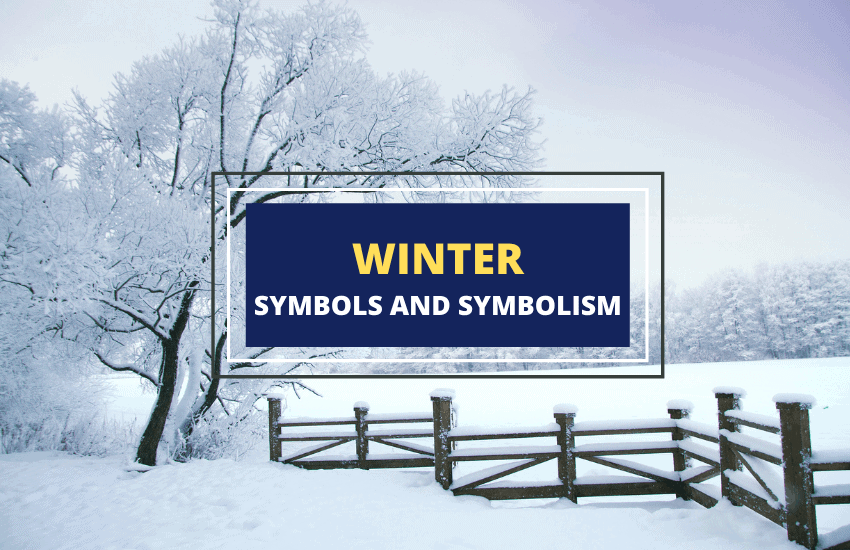
Table of Contents
The name winter comes from old Germanic and means ‘time of water”, referring to the rain and snow that falls during this time. The coldest season of the year, winter comes between autumn and spring and is characterized by shorter day hours and longer night hours. During this season, trees have no leaves, nothing grows, and animals hibernate.
As the season that marks the end of the year, it’s no wonder that winter is associated with death, endings, gloom, cold, and other such symbolism. But it’s also a time of hope, festivities, and inspiration. Let’s take a look at the symbolism and symbols of winter.
10 Powerful Symbols of Winter

Over the centuries, symbols of winter have emerged. These come from our understanding of the seasons, our search for meaning, and the distinct beauty of winter. But while the symbolism of winter is largely associated with negative concepts (more on that below), the symbols of winter are mainly positive and cheerful.
1. Snowflakes
Snowflakes are loved for their intricate designs, which represent individuality, uniqueness, and potential. It’s also a testament to nature’s creativity and stunning beauty. During winter, these beautiful crystals form on the coldest days, hanging wherever there is moisture.
2. Holly
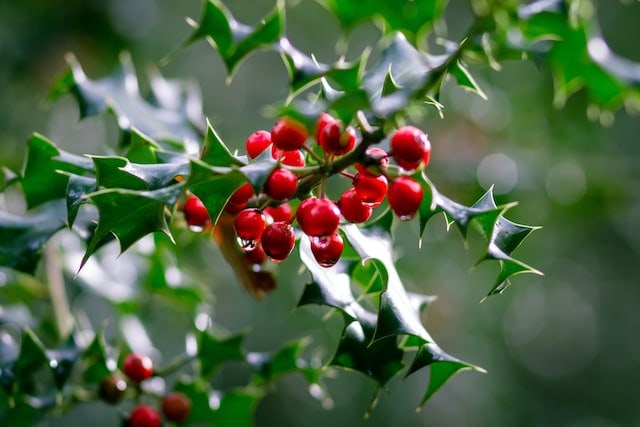
An evergreen that persists even in the coldest months, holly represents protection and rebirth. Its bright berries amidst dark green leaves often serve as a beacon of hope during winter’s darkest days. It’s also a plant that doesn’t day, remaining green throughout winter and so it’s associated with all things positive.
3. Bare Trees
Representing dormancy, reflection, and awaiting renewal, the image of bare trees against a winter sky reminds us of the cycles of life, loss, and regeneration. They stand resilient, promising life’s return after a period of rest.
4. Mistletoe
Mistletoe, a parasitic plant that does not wither in winter, is also seen as a representation of the season. Though it’s poisonous, mistletoe serves as a food source for birds and animals during winter. According to tradition, if two people find themselves under mistletoe, they should kiss. Beyond its holiday associations, mistletoe signifies love, fertility, and the promise of life.
5. Christmas Tree
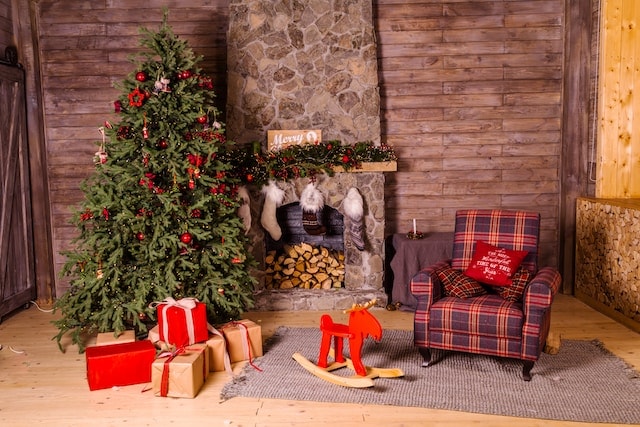
A symbol of Christmas, Christmas day is marked on the 25th of December which is within wintertime in the Northern hemisphere. Because they’ve become such a common sight during winter, they’re now also associated with winter.
6. Fireplaces
Beyond their functional warmth, fireplaces embody the essence of home, comfort, community, and gathering. They offer shelter from the cold, places where stories are shared and bonds are strengthened.
Fireplaces are also used in winter to symbolize the return of warmer and brighter days. The burning of candles and lighting of fire was originally practiced by Romans in the midwinter festival to celebrate their god Saturn, but was later adopted by Christians who burn them during Advent and by Jews during Hanukkah.
7. Poinsettia
With its vibrant red and green hues, poinsettias are symbols of celebration and holiday cheer. Originating from Mexican legends, they’ve become synonymous with the spirit of giving during the Christmas season. Nowadays, they’re a popular gift during winter time when visiting households.
8. Pinecones

Holding the seeds of a new tree within, pinecones symbolize growth and potential. They represent the promise of new beginnings and the continuation of life.
9. Red and White
Red and white are a representation of winter because of the red flowers of plants like camellia and winter berries, and the color of snow respectively. These colors have been adopted as the colors of Christmas.
10. Snowman
Snowmen represent playfulness and the joy of winter. But they also represent the fleeting nature of life and the temporariness of all things. The process of building a snowman captures the essence of making the most out of the present moment, knowing it is ephemeral.
7 Meanings of Winter Symbolism
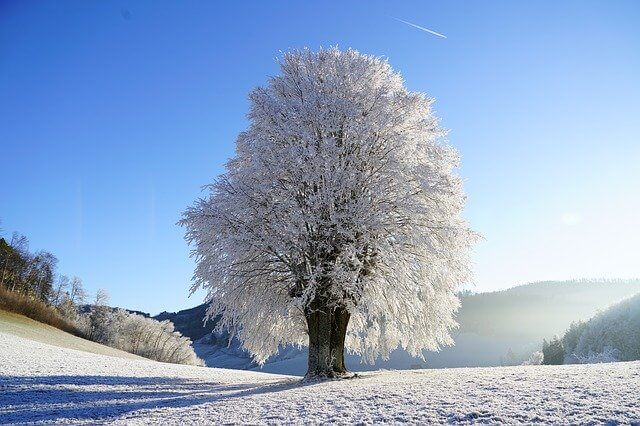
The Winter season is characterized by several symbolic meanings all centered on cold, darkness, and despair.
- Cold: This very obvious symbolic meaning derives from the low temperatures of the winter seasons. In some areas of the Northern hemisphere, the temperature goes as low as -89 degrees Fahrenheit. As a result, winter symbolizes coldness and harshness, and is often used as a metaphor for a cold person or thing.
- Dark: There isn’t much action in the natural world, and the nights are longer than days. Even during the day, there is very little light. Winter, therefore, is seen to be a representation of silent, dark times.
- Despair: The origin of this symbolic meaning is twofold. Firstly, winter is seen to represent despair because of the cold, the darkness, and the scarcity of food that is characteristic of the season. Secondly, according to Greek myth, it’s during winter that Demeter mourns her daughter in the underworld.
- Dormancy: During this time, trees have no leaves, nothing grows, and there are no flowers in sight. In the animal kingdom, many animals are in hibernation, while others are hunkering down, feeding on what they collected during autumn. In a nutshell, nature is dormant, eagerly waiting for spring so that it can come to life.
- Loneliness: Animals are too cold to mate, and humans are often too cold to get out and socialize. There is a sense of loneliness in the air, which is the complete opposite of summertime, when everyone socializes and explores the world.
- Survival: Winter represents hardship and tough times, requiring resilience from those who are to survive. At the end of winter, only the most prepared and the toughest emerge as survivors.
- Death: Winter is often used to symbolize the end of life, the final chapter of a story. It represents death and the closing of the curtain.
Symbolic Use of Winter in Literature
By now you must be thinking that winter is all doom and gloom. But the references to winter in literature is not all gloom. While it’s sometimes used to symbolize hopelessness, it can also teach lessons in preparedness, patience, and hope.
William Shakespeare’s Winter is a song from his play “Love’s Labour’s Lost” (Act V, Scene 2). The poem describes the harshness and discomforts of the winter season in a rather humorous and illustrative manner. It speaks of the cold, the freezing winds, and the chapped hands, showcasing winter’s bitter face.
It’s also the season before spring, a time of new beginnings, hope, joy. As Percy Bysshe Shelly so eloquently writes in Ode to the West Wind, “If Winter comes, can Spring be far behind?”. Shakespeare’s poem Winter
Symbolic Use of Winter in Spirituality
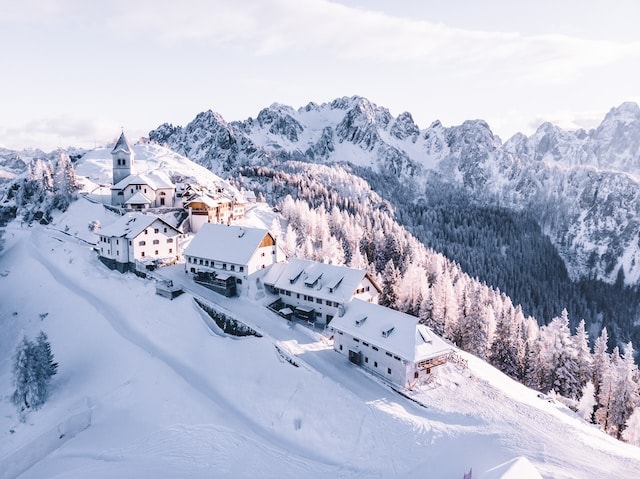
Winter is seen to symbolize a period of quiet reflection. This is the time to observe self – consciousness and ensure that your darkness does not overpower your growth potential. Winter is a period of self-reflection and preparation for new beginnings ahead.
Folklore and Festivities of Winter
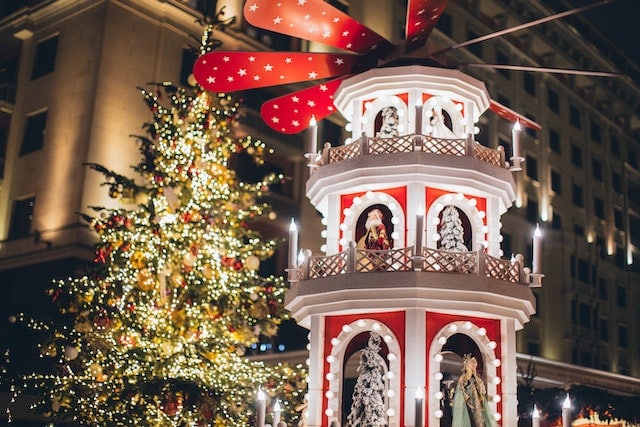
In Norse mythology, a juul log was burnt during the Winter Solstice in celebration of Thor the god of thunder. The ashes obtained from the burning of juul logs were said to protect the people from lightning as well as bring fertility to the soil.
Ancient Celtic druids introduced the custom of hanging mistletoe in houses during the winter solstice. They believed that it had mystical powers which, if activated at that point in time, would bring love and good luck.
Italian folklore tells of the famous winter witch called La Befana who flies around on her broom delivering presents to well-mannered children and giving coal to naughty children.
Japanese mythology tells of the oshiroi baba, snow hags from the winter mountain who came down from mountains on very cold winters wearing tattered kimonos to bring reviving drinks to anyone in need of warmth.
Ancient Persians hold the festival of Yalda at the end of winter to celebrate the victory of light and darkness. This ceremony is characterized by the gathering of families, burning of candles, reading of poetry, and a feast of fruits.
Wrapping Up
The Winter season can be a disheartening time of year, especially with the cold and darkness. However, many cultures and traditions see this as a time for reflection and giving back to society. Festivals celebrated around this time focus on extending a helping hand to children and the poor.
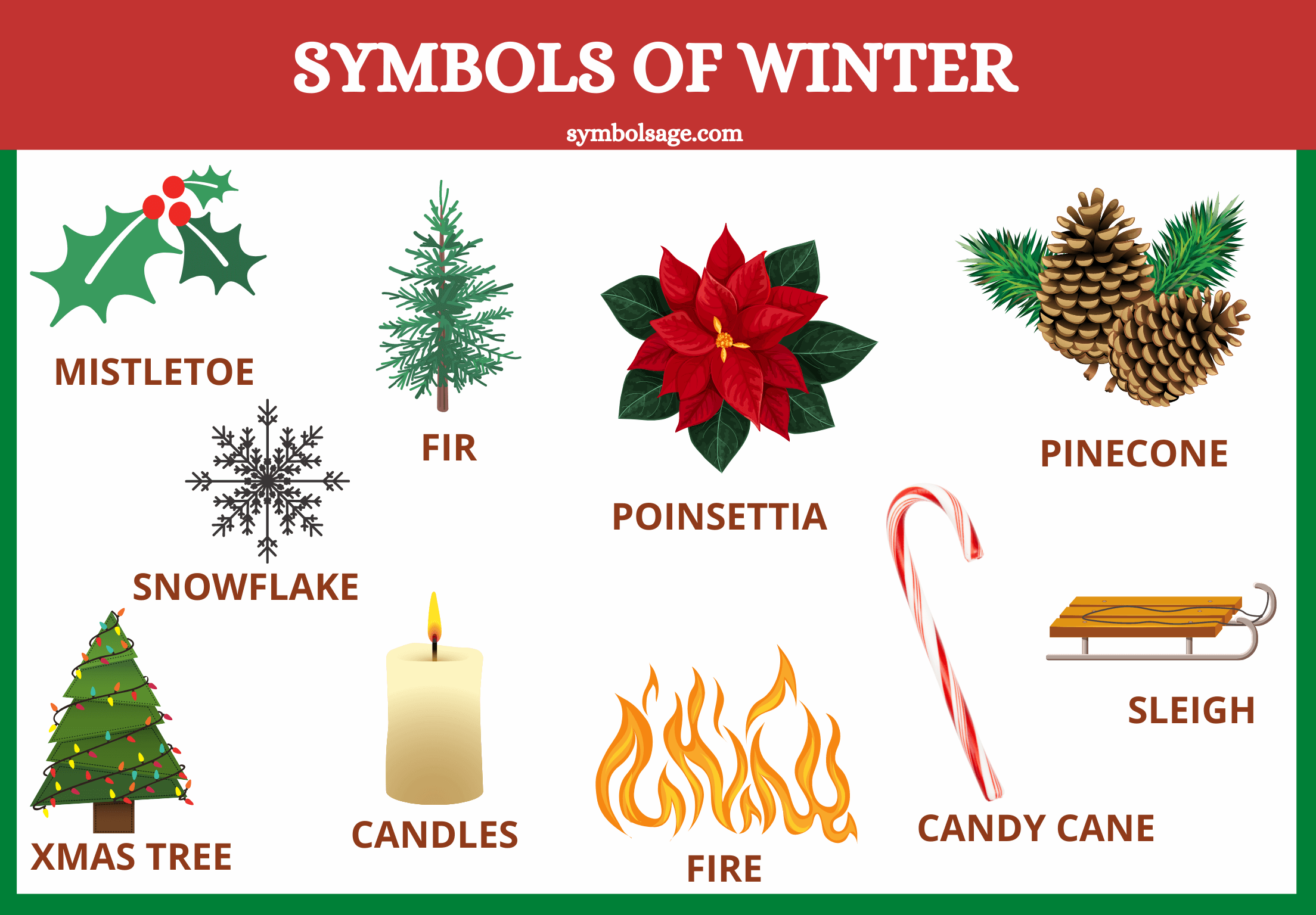
Related articles
Yule Festival: Winter’s Cozy Tapestry of Traditions
Christmas Traditions from Around the World – A List
Autumn (Fall): Powerful Symbols and Symbolism








